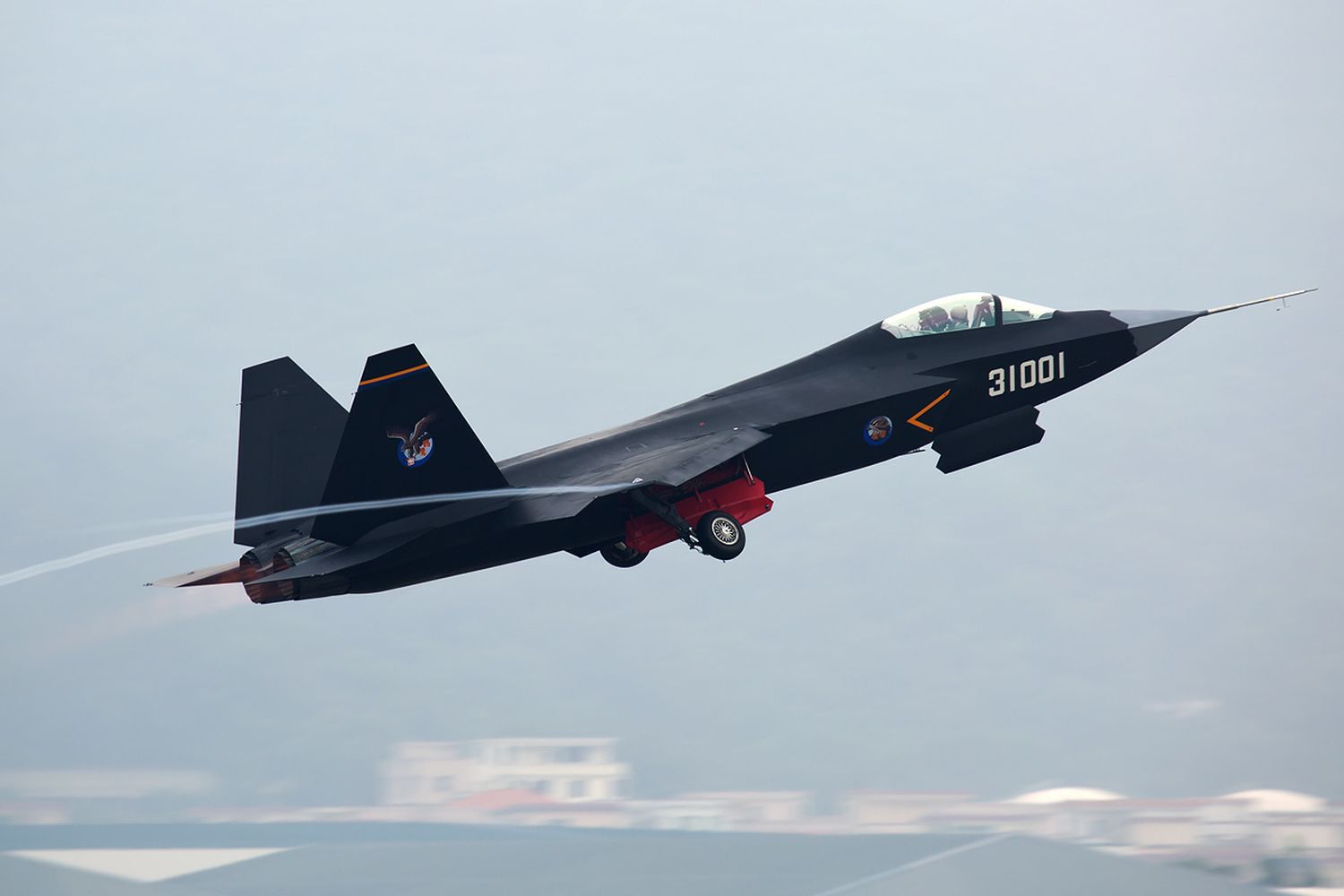Chinese J-10C and J-31 fighters aimed by Egyptian Air Force?
The Egyptian Air Force is interested in Chinese J-10C and J-31 fighter jets to replace its aging U.S.-origin F-16 fighters.
According to the Military Africa portal, official sources confirmed that Cairo and Beijing are holding talks on the eventual acquisition of J-10C and J-31 fighter jets to modernize the Egyptian Air Force, which needs to replace a good number of aging Western-origin fighters.
The Egyptian Air Force is the fourth largest F-16 operator in the world, with more than 200 units in service, being its main frontline fighter aircraft. However, as these aircraft started arriving in the “country of the Pharaohs” since the early 1980s, they are already showing the effects of age and their replacement is necessary.

The Chinese option
Egypt’s decision to consider acquiring Chinese J-10C and J-31 fighter jets comes against the backdrop of a complex and evolving geopolitical context in the Middle East. Regional tensions, international sanctions (mainly due to its dark Human Rights record) and shifting alliances are driving Egypt to seek new options to modernize its Air Force and ensure its national security.
In recent years, relations between Egypt and China grew stronger and stronger. Recently, the commander of the Egyptian Air Force, Lieutenant General Mahmoud Fuad Abdel Gawad met with his Chinese counterpart, General Chang Dingqiu, as well as with senior officials of CATIC (China National Aeronautical Technology Import and Export Corporation), where the possible purchase of Chinese fighters, and eventual technology transfers, were reportedly among the main topics discussed. He was also able to visit a Chinese military base, where he had first-hand contact with the J-10Cs.

The J-10C would be of interest to Egypt as a modern 4++ generation multirole fighter with a relatively low cost that could cover most of the missions currently assigned to F-16s by the Egyptian Air Force.
See also: Pakistan formalizes interest in Chinese J-31/FC-31 “Gyrfalcon” stealth fighter
With the J-31/FC-31 “Gyrfalcon”, being a fifth-generation fighter aircraft with low radar observability, Egypt would seek to close the technological and capabilities gap with the F-35I “Adir” operated by the Israeli Air Force (IAF).
Both aircraft, their components and armament, are of 100% Chinese origin and would be ITAR (International Traffic in Arms Regulations) free. Moreover, as Beijing maintains a policy of “non-interference” in the internal affairs of the nations with which it does business, and does not impose political conditions on arms deals.
The ghost of CAATSA
While the US is in open withdrawal from the region, to focus its efforts on the containment of China in the Pacific, Egypt already tried years ago to boost its Air Force with Russian Su-35 fighters, but Washington did not allow it.
Egypt’s original idea was to acquire the Lockheed Martin F-35, but the US authorities made it clear that the Lightning II was not available to them, as they must ensure Israel’s technological superiority over that of its neighbors. As a pressure measure, Egypt sought the best fighter available on the competing market, and in 2018 they signed the purchase contract for 24 SU-35SE fighters. The administration of the then president, Donald Trump, countered by threatening economic sanctions under CAATSA (Countering America’s Adversaries Through Sanctions Act – a U.S. law created to retaliate against adversaries through sanctions), just as it had done with Indonesia when it also wanted to acquire the Russian Su-35.

The threat was effective. The operability of the Egyptian fleet of more than 200 F-16s, dozens of AH-64 Apache helicopters, and hundreds of M-1 Abrams tanks would be at risk, so Cairo decided to cancel the purchase and opt for the “politically correct” French Dassault Rafale. The Egyptian Su-35s would then be purchased by Iran.
It is difficult to imagine that Egypt could acquire modern fighter jets from China under the threat of the CAATSA law, the imposition of which would have a serious effect on trade relations with the U.S. and devastating consequences for the operability of the Egyptian Armed Forces. It would also mean the end of U.S. military aid, which in 2023 was $1.3 billion. Although it is also true that the U.S. began withholding military aid to Egypt, citing the country’s human rights record.
In short, Egypt’s decision to look towards China is based on a combination of strategic, economic and political factors, reflecting a quest for greater autonomy and diversification in Defense. However, given the risks previously described, one wonders whether the interest in the J-10C and J-31 is genuine, or a ploy to try to get better concessions from Washington.


Comentarios
Para comentar, debés estar registrado
Por favor, iniciá sesión